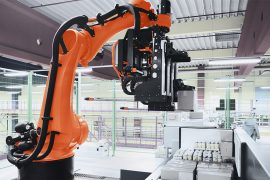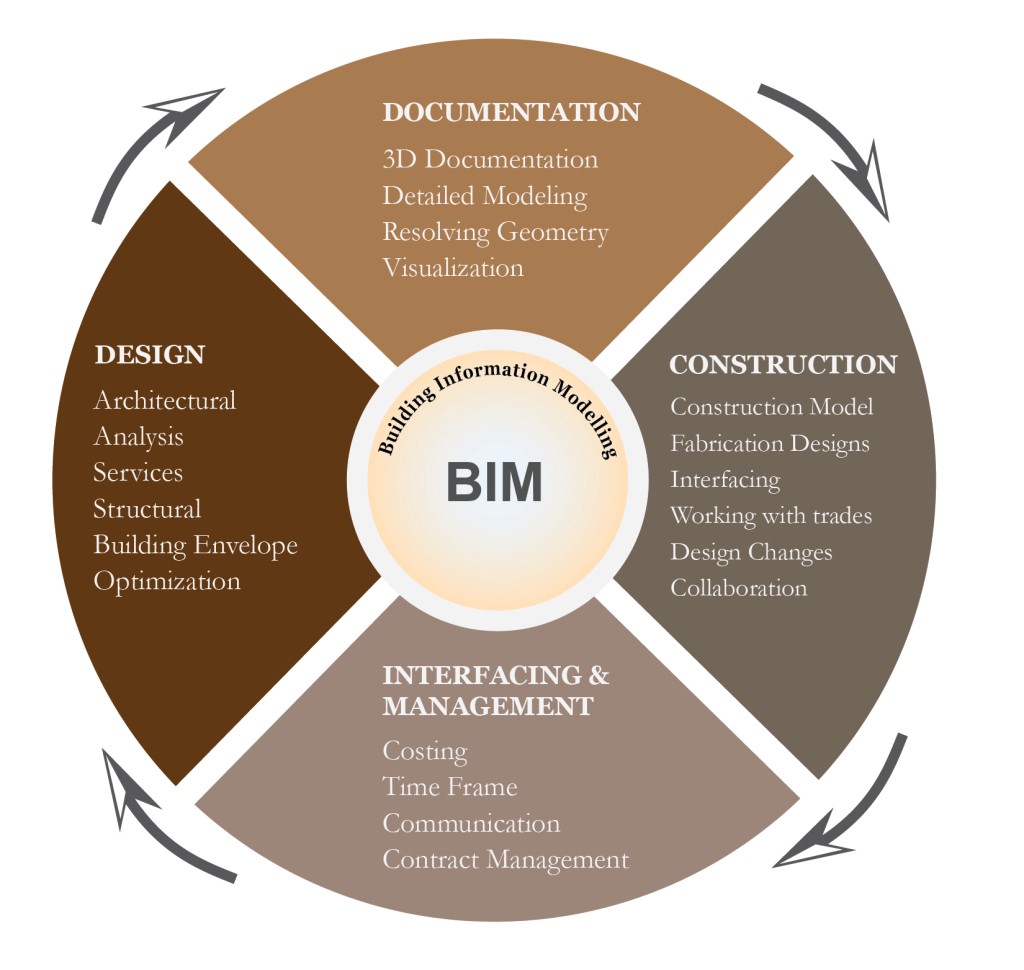What Are The Technological Advancements In Smart Architecture?
Architecture has been one of the most important fields of human endeavor, and with the recent technological advancements, it is only getting more exciting. The use of technology in architecture has not only improved the quality of the building being constructed, but it has also made the process more efficient and faster. Below we look at nine technological advancements that architects need to know.
1. Augmented Reality
Augmented Reality (AR) is a technology that is changing the way architects design and present their work. This technology allows architects to see a building in its real environment before it is built. With AR, architects can visualize the building, move it around and make changes to it, before the first brick is laid. It also helps the client to fully understand and appreciate the final product before construction commences.
2. Virtual Reality
Virtual Reality (VR) is another technology that has been the driving force behind recent advancements in architecture. This technology allows architects to create virtual worlds that can be experienced by their clients in real-time. Using VR technology, architects can create simulations of their designs, which fosters a deeper understanding of their work. Furthermore, the technology eliminates any ambiguity that may arise in the interpretation of the architects' plans, leading to an exact realization of the architects' ideas.
3. Building Information Modeling (BIM)
Building Information Modeling (BIM) is a technology that changes the way architects, engineers, and other stakeholders, collaborate in a construction project. This technology allows the building to be designed, constructed and managed in a virtual environment. It enables all professionals working on the project to access the same information in real-time and make sure that the project progresses seamlessly.
4. 3D Printing
3D printing technology is also changing how architects manufacture their buildings. This technology has allowed architects to print 3D models of their designs and show clients and other stakeholders. This has improved communication and collaboration and has led to better coordination among stakeholders. Additionally, 3D printing allows architects to test their designs and quickly produce a physical prototype, which enables modifications and corrections to be made before constructing the actual building.
5. Cloud Computing
Cloud computing is a technology that allows architects to store their data and designs on remote servers, which can be accessed from anywhere in the world. The technology ensures that architects can work on their projects from any location, using any device that has an internet connection. It also eliminates the need for local storage devices, which can be expensive and require maintenance. With cloud computing, architects can collaborate and work on projects with multiple stakeholders around the clock.
6. Machine Learning
Machine learning is a technology that uses artificial intelligence (AI) to automate processes and provide insights that are useful to architects, engineers, and other professionals in the construction industry. This technology can be used to analyze data from building sensors, which can be used to improve energy efficiency, safety, and security. Architects can also use machine learning to optimize the design process, reduce costs, and improve the overall quality of the final product.
7. Drones
Drones are changing how architects gather information about their projects. With drones, architects can capture high-resolution images and videos of the building sites from different angles and heights. This helps in creating accurate site models, generating 3D models, monitoring the construction progress, and carrying out inspections.
8. Smart Materials
Advances in materials science have led to the development of smart materials that can be used in architecture. These materials can be programmed to self-assemble, reduce energy consumption, interact with their environment, and change their physical properties. Architects can use these materials to create buildings that are intelligent and responsive to their surroundings.
9. Nanotechnology
Nanotechnology is a technology that is changing how materials are designed and used in construction. This technology allows architects to create materials that are stronger, more durable, and lightweight. Additionally, nanotechnology can be used to develop self-healing materials that can repair themselves and reduce maintenance costs.
The Future of Architecture with Technology
The future of architecture with technology is exciting, and the opportunities are endless. With advances in technology, architects will be able to create buildings that are intelligent, sustainable, and beautiful. Below are some possibilities that technology can bring to the field of architecture in the future.
- Bigger, Taller, and More Complex Building Designs
- Better Energy Efficiency and Smart Buildings
- Improved Safety and Security
- Decreased Building Costs and Improved Quality
With technological advancements, architects can create buildings that are taller and more complex. Designing and constructing these mega structures require advanced software, AI, and machine learning, which have already been developed. The software will enable architects to create more complex structures, and AI will enable the system to learn from previous constructions and make corrections in the design process.
Current technology has enabled architects to design buildings that are energy-efficient. However, the future of architecture with technology will take it a notch higher. With the use of smart building technology, buildings will be able to monitor, manage and optimize energy consumption. Smart buildings will include AI, machine learning, sensors, and microprocessors.
The use of technology in architecture has improved safety and security in homes and commercial buildings. With advances in technology, the safety and security features will be enhanced to include biometric recognition, facial recognition, and other features. This will improve the safety of occupants and even enable the building to respond to emergencies better.
With technology, architects will be able to design better buildings that cost less and are of higher quality. Using computer models and simulations, architects will be able to identify the most cost-effective materials, techniques, and processes to use in the construction process. Additionally, digital tools such as 3D printing will enable the system to create prototypes, improving the quality of the final product.
Frequently Asked Questions
Q: Will technology replace architects in designing buildings?
A: No, technology will not replace architects in designing buildings. Rather, it will strengthen their skills, and enable them to bring their ideas to reality in a more efficient and faster way.
Q: Is the use of technology in architecture environmentally friendly?
A: Yes, technology in architecture can be environmentally friendly. With the use of smart building technology, integration of sensors and machine learning, architects can create buildings that are energy-efficient and eco-friendly.
Q: Will using technology in architecture result in higher costs?
A: Initially, the cost of implementing technology may be higher; however, in the long run, technology can help architects to identify the most cost-effective materials, techniques, and processes to use. Additionally, digital tools such as 3D printing will enable the system to create prototypes, improving the quality of the final product, reducing material waste and minimizing the cost of construction.
Q: Can technology be used in historic preservation?
A: Yes, technology can be used in historic preservation. With the use of drones, architects can create accurate site models, generate 3D models of historic buildings, monitor the construction progress and carry out inspections. Additionally, AI can be used to analyze data from historic buildings and provide insights on how to preserve them.
Technology has made significant progress in the field of architecture and has transformed the way architects design buildings. With the use of advanced software, AI, and machine learning, architects can create intelligent, energy-efficient, and beautiful buildings. However, the role of architects remains relevant and necessary for designing and constructing these mega structures. And we can only imagine the possibilities with technology!




Post a Comment for "What Are The Technological Advancements In Smart Architecture?"